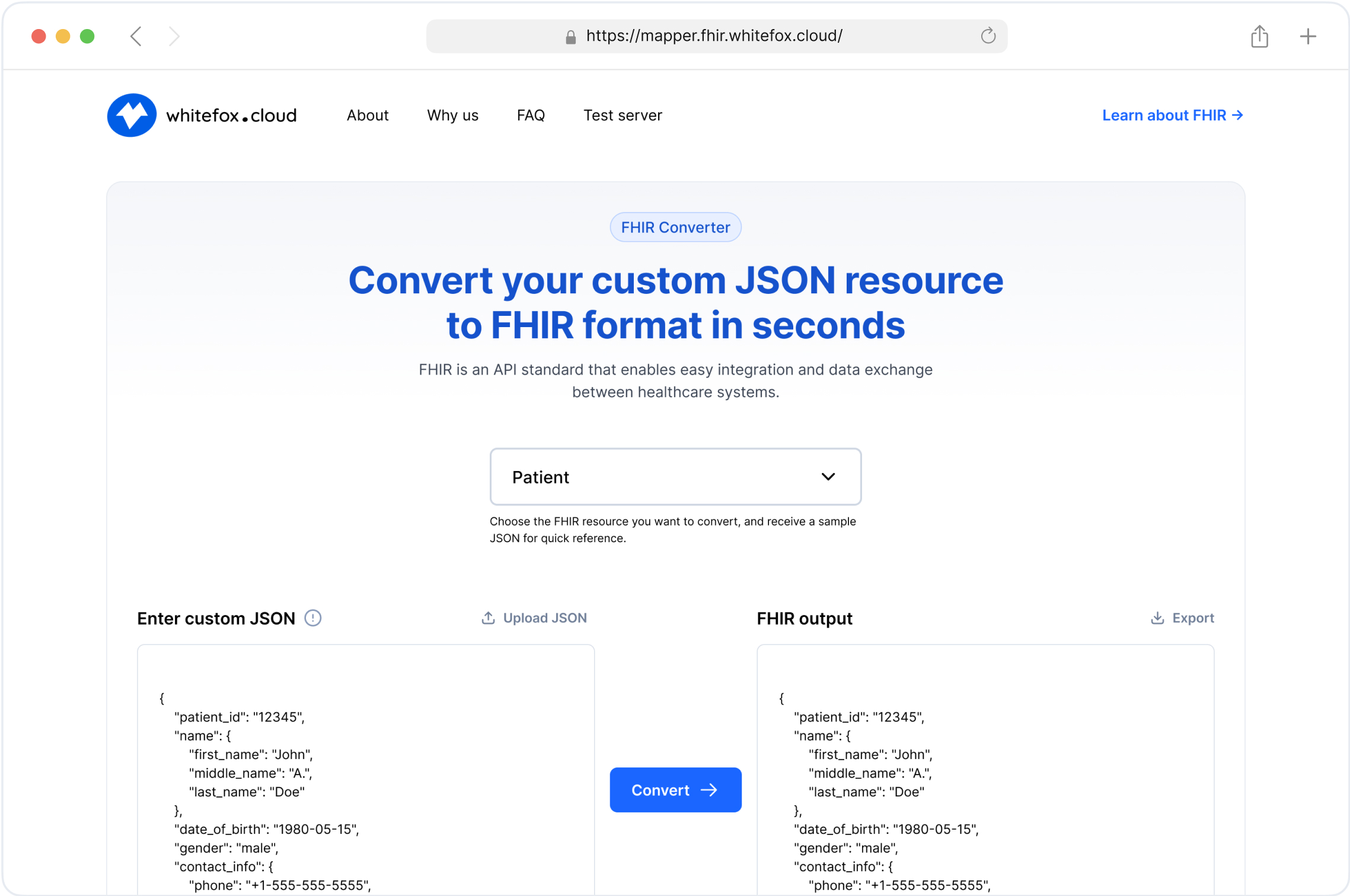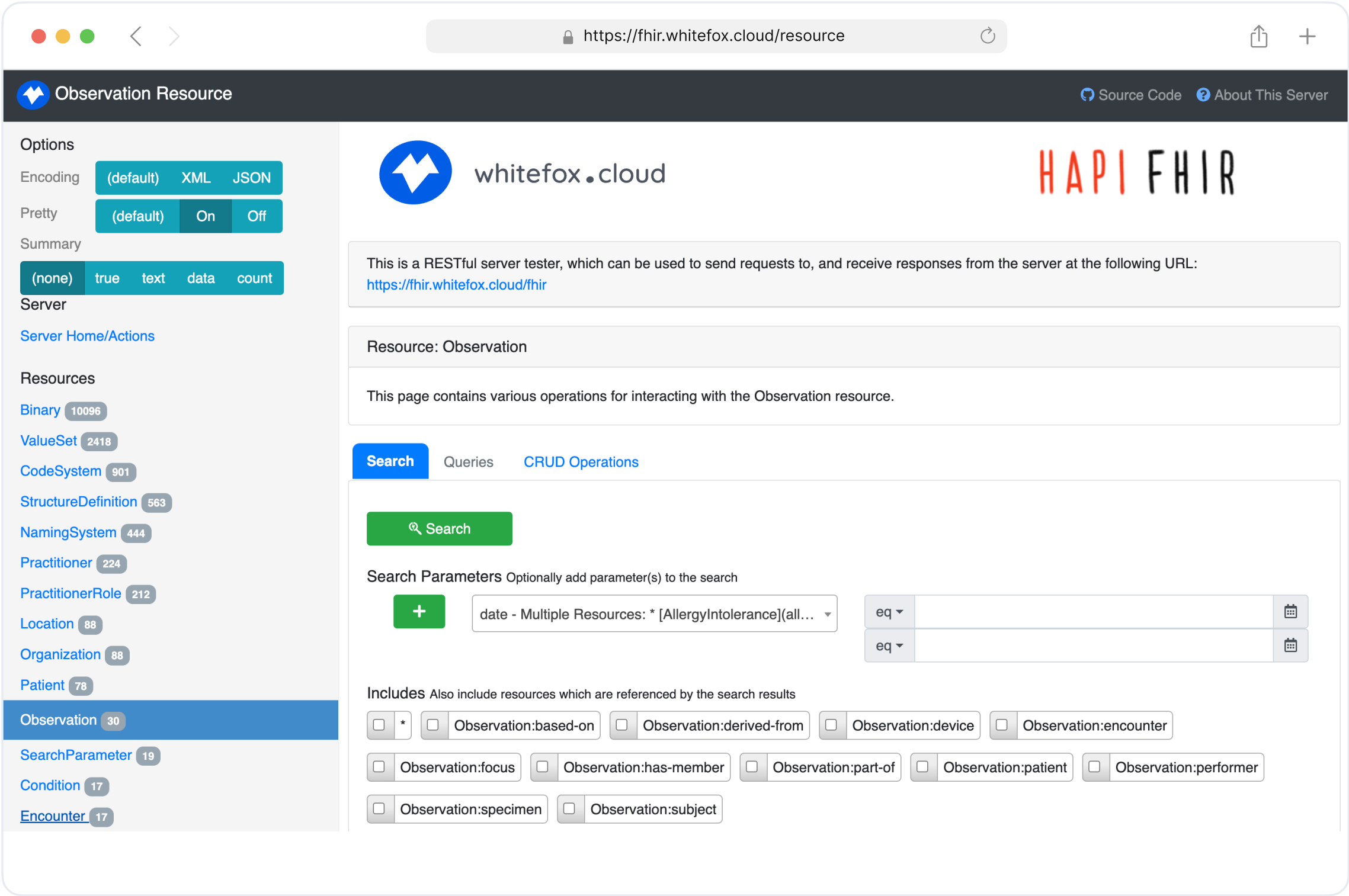
Understanding FHIR Implementation Guides in Australia
Introduction: Learning Sequence for FHIR AU Implementation Guides
For those new to FHIR implementation guide in Australia healthcare ecosystem, it's recommended to start with the AU Base guide to understand the foundational profiles and extensions tailored to the Australian context. Once comfortable with the basics, proceed to the AU Core guide, which builds on AU Base with additional constraints and expectations.
Primary FHIR AU Implementation Guides
AU Base
AU Core
AU eRequesting
AU Provider Directory
AU Personal Health Device
AU Patient Administration
AUCDI (Australian Core Data for Interoperability)
AueReqDI (AU eRequesting Data for Interoperability)
Detailed Descriptions and Examples
AU Base: The AU Base Implementation Guide provides the foundational FHIR resources and profiles tailored to the Australian context. For example, the 'AllergyIntolerance' resource includes a code field to indicate what the patient is allergic to, such as Ibuprofen. These codes are based on a global standard for health terms called SNOMED.
AU Core: Building on AU Base, the AU Core Implementation Guide defines additional constraints on profiles, essential RESTful interactions, and minimum expectations for health information recording and retrieval. For example, the 'AU Core Patient' resource sets minimum expectations for recording, searching, and fetching basic information about an individual patient, including fields not present in AU Base.
AU eRequesting: This guide standardizes the electronic diagnostic request process within the Australian healthcare system, covering workflows, data models, and underlying standards to make diagnostic requests more efficient and interoperable. For example, the 'DiagnosticReport' resource can be used to represent the findings of a diagnostic test.
AU Provider Directory: This guide details the data model and API interactions necessary for managing administrative and directory data related to healthcare providers, ensuring efficient management and access to provider information. For example, the 'Practitioner' resource represents an individual healthcare provider.
AU Personal Health Device: Focused on integrating data from personal health devices, this guide ensures interoperability and standardized data exchange from devices like fitness trackers and home medical devices. For example, the 'Device' resource can represent a specific health device used by a patient.
AU Patient Administration: This guide addresses the administrative aspects of patient data, including registration, demographic updates, and record management, ensuring consistent handling of patient information across systems. For example, the 'Patient' resource is used for managing patient demographic information.
AUCDI (Australian Core Data for Interoperability): AUCDI aims to standardize the capture, structure, usage, and exchange of health data to counteract the fragmentation of Australia's health data systems. It forms the basis for clinical data requirements within the AU Core project, ensuring comprehensive data interoperability. For example, the 'Observation' resource can be used to record vital signs like blood pressure.
AueReqDI (AU eRequesting Data for Interoperability): AueReqDI focuses on defining data requirements and standards for electronic requesting within the healthcare system, ensuring that all data involved in the eRequesting process is interoperable and standardized. For example, the 'ServiceRequest' resource represents a request for a specific service, such as a lab test.
Comparison Table with Example Resources
| Guide | Focus Area | Key Features | Example Resources | Use Cases |
|---|---|---|---|---|
| AU Base | Foundational Profiles | Basic FHIR R4 profiles and extensions | AllergyIntolerance (code: Ibuprofen) | General healthcare data management |
| AU Core | Core Digital Health Functionality | Enhanced constraints, RESTful interactions | AU Core Patient (extended fields) | Systems requiring core interoperability |
| AU eRequesting | Electronic Diagnostic Requests | Requesting and fulfillment workflows, data models | DiagnosticReport | Standardizing diagnostic request processes |
| AU Provider Directory | Provider Data Management | Data model and API interactions for providers | Practitioner | Efficient management of provider information |
| AU Personal Health Device | Personal Health Data Integration | Integration of personal health device data | Device | Incorporating personal health data into systems |
| AU Patient Administration | Patient Data Administration | Registration, demographic updates, record management | Patient | Handling patient administrative information |
| AUCDI | Clinical Data Interoperability | Standardizes health data capture and usage | Observation | Broad interoperability across health data systems |
| AueReqDI | eRequesting Data Interoperability | Defines data requirements for eRequesting | ServiceRequest | Standardizing data in electronic diagnostic requests |
Further Reading
By understanding and utilizing these guides, healthcare providers, developers, and researchers can ensure that their digital health solutions are interoperable, efficient, and aligned with both national and international standards.
Streamline Your FHIR Implementation with Our Free Tools


